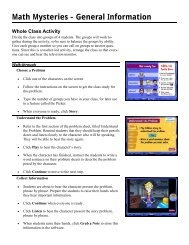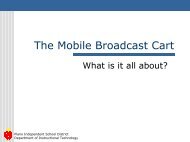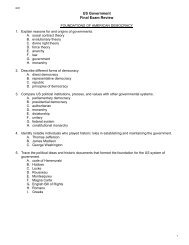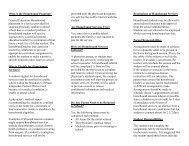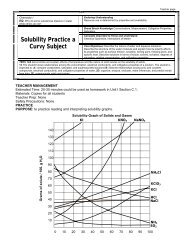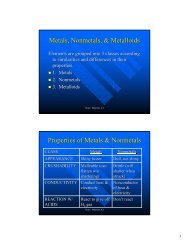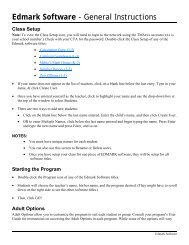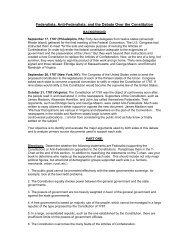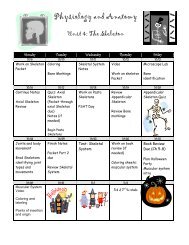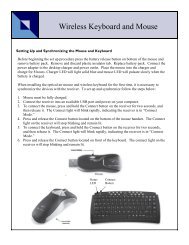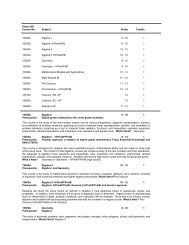Mavis Beacon Teaches Typing: User's Guide
Mavis Beacon Teaches Typing: User's Guide
Mavis Beacon Teaches Typing: User's Guide
You also want an ePaper? Increase the reach of your titles
YUMPU automatically turns print PDFs into web optimized ePapers that Google loves.
More on Business Letters<br />
Thus far, we have spoken only about one page letters. Often, you construct multiple page<br />
documents. The following are general guidelines, which help you create the clearest presentation<br />
possible.<br />
Before you print out your document, it is a good idea to preview your work. As with a single<br />
page letter, the look and organization of a multiple page document is important. Too many lines<br />
on a page or confusing page breaks can take the edge off a great piece of work. Most word<br />
processing software allows you to check how your document looks, so that you can make<br />
adjustments before printing it out.<br />
It is up to you to make sure that the documents extending to two or more pages do so<br />
gracefully, without “widows” or “orphans.”<br />
A “widow” is a line that falls at the end of one page and continues on the next. These line<br />
breaks can cause lack of continuity in your work and make reading your document more<br />
difficult. The worst widows break off with a hyphen in the middle of a word.<br />
The balance of the widowed sentence from the previous page is an “orphan.” While technically<br />
correct, avoid orphans and widows as they give your document a haphazard look.<br />
Generally, the first page of a multiple page document ends with “(more)”. This is a courtesy to<br />
your reader and it ensures they will read the balance of your document. Since you are striving to<br />
end every page with a complete sentence, the reader may not realize that your letter continues.<br />
A simple “(more)” indicates to the reader that it does.<br />
The following pages of your letter may or may not be numbered. Standard business procedure<br />
allows that a simple “Page 2” and so on, can be used on the top left corner of each page. As an<br />
identifying precaution, consider adding the name of the addressee and the letter’s date on each<br />
page. The top margins of the following pages of your letter can vary in size. Generally, the<br />
margins start six lines down from the top of the page. The body of the letter then commences<br />
four lines below this. Styles do vary but here is a standard form:<br />
[6 lines]<br />
Page 2<br />
Ms. Lorena Samson<br />
January 1, 1995<br />
[4 lines]<br />
We are continuing to review the night deposit procedures and will present the full report at our<br />
meeting.<br />
81



